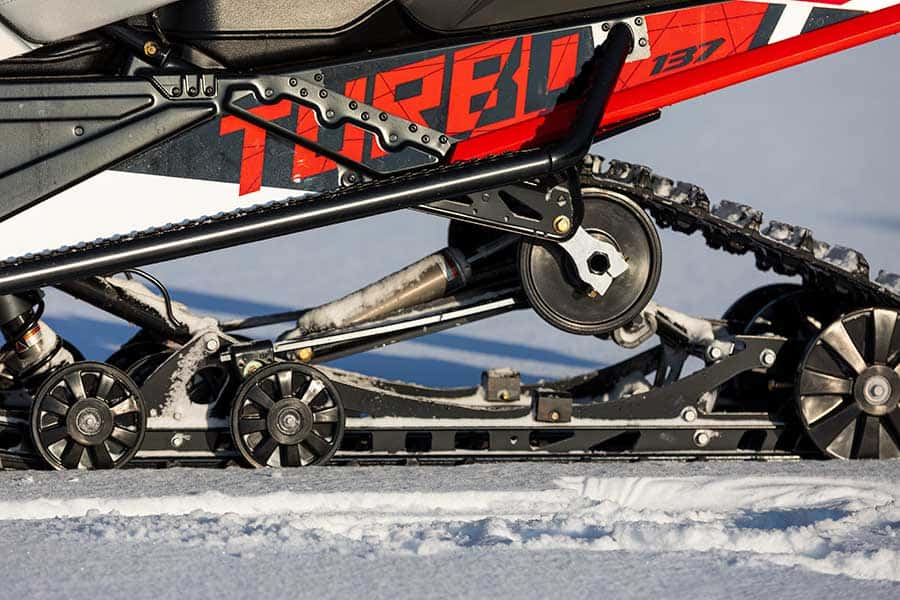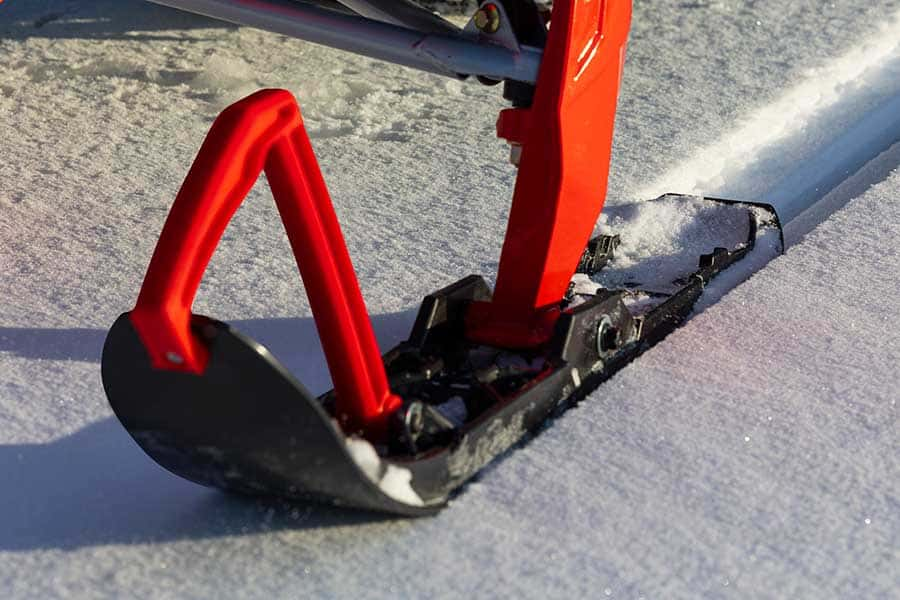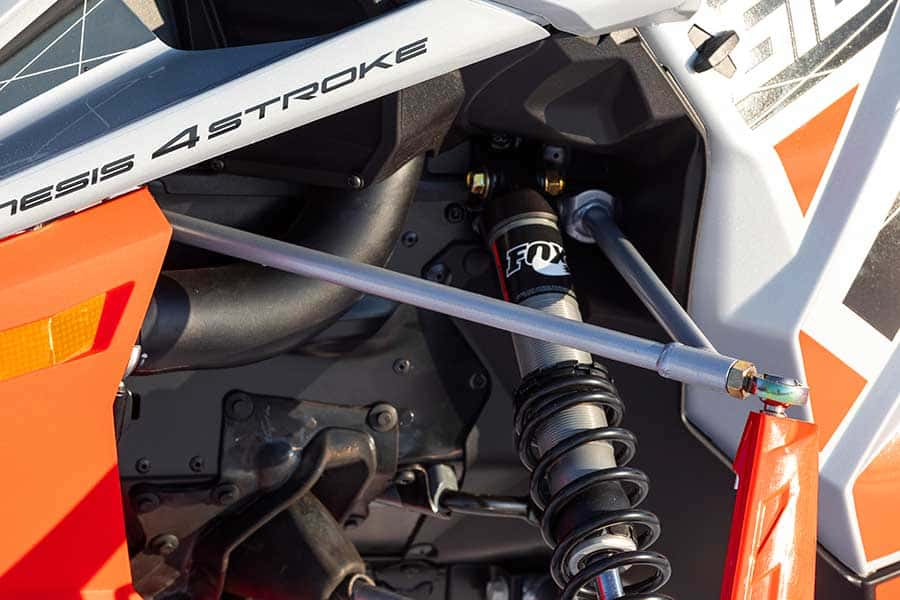|
SIDEWINDER L-TX SE
| |
|
Dual Shock SR Rear Suspension
|
 |
|
Stryke' Single Keel Ski
The new Yamaha design, single keel ski, strikes the elusive balance between lightweight steering effort and precision handling over a wide range of snow conditions. Unique, tapered carbides further enhance steering response. A unique shim pad assembly works in conjunction with the rubber saddle block to adjust the carbide pressure point. Overall ski stance is also adjustable by relocating the thick spacer located on each ski axle to the opposite side. |
 |
|
ARCS Front Suspension
|
 |
|
KEY FEATURES | |
| |
|
TOP | |
| |
|
Performance | |
| |
|
Handling | |
| |
Please note this is a list of product available at Yamaha but may not be in stock here



















ID # 17383367
2021 Yamaha SIDEWINDER L-TX SE
Call for Price
Overview
Specifications
Videos
|
COMFORT |
|
Model
SIDEWINDER L-TX SE
Category Name
Snowmobiles
Year
2021
TYPE
Turbo 4-stroke / 998 cc
CLUTCH
YSRC
REVERSE
Standard
SKI TYPE
Yamaha Stryke Single Keel
DC OUTPUT
Automotive
HEADLIGHT
LED
TRACK TYPE
Camso Ripsaw II
REAR TRAVEL
13.5" (343 mm)
CENTRE SHOCK
Monotube Alum-HP GAS 1.5
ENGINE CLASS
Ultra Performance
FRONT SHOCKS
Fox 1.5 Zero RC
FRONT TRAVEL
13.5" (343 mm)
FUEL CAPACITY
8.9 gal. (33.6 L)
FUEL DELIVERY
Electronic Fuel Injection
REAR SHOCK(S)
Monotube Alum-HP GAS 2.0
ELECTRIC START
Standard
REAR SUSPENSION
Dual Shock SR 137
FRONT SUSPENSION
Independent Double Wishbone
TRACK / W X L X H
15" x 137" x 1.25"
SKI STANCE (CTR TO CTR)
42" (1,067 mm) adjustable
Model
SIDEWINDER L-TX SE
Category Name
Snowmobiles
Year
2021
TYPE
Turbo 4-stroke / 998 cc
CLUTCH
YSRC
REVERSE
Standard
SKI TYPE
Yamaha Stryke Single Keel
DC OUTPUT
Automotive
HEADLIGHT
LED








